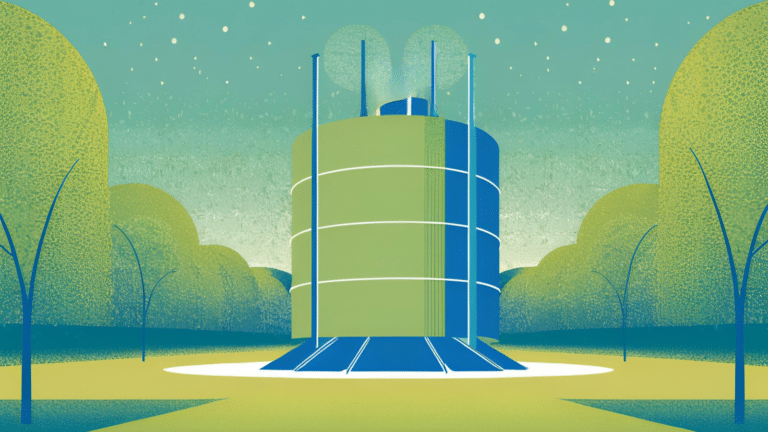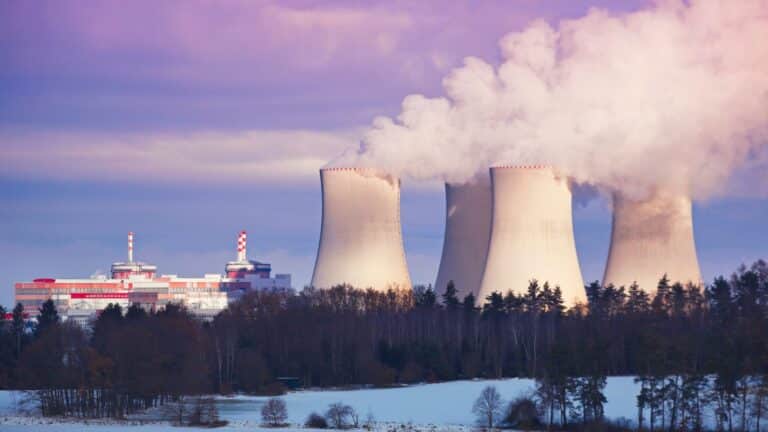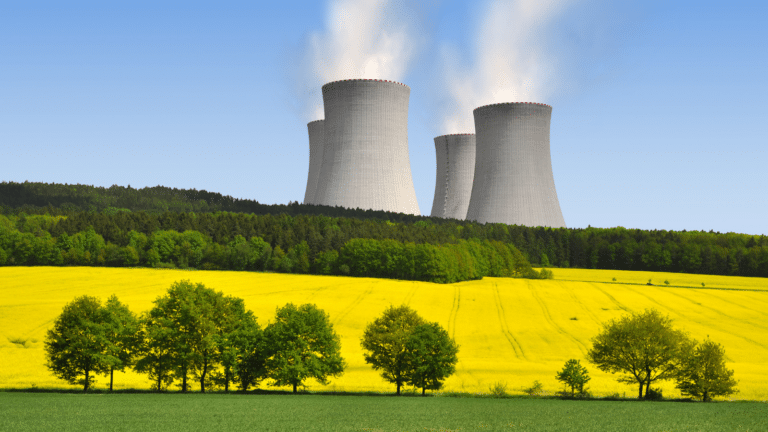This report represents the research and views of the author. It does not necessarily represent the views of the Center on Global Energy Policy. The piece may be subject to further revision. Contributions to SIPA for the benefit of CGEP are general use gifts, which gives the Center discretion in how it allocates these funds. More information is available at Our Partners. Rare cases of sponsored projects are clearly indicated. For a full list of financial supporters of the Center on Global Energy Policy at Columbia University SIPA, please visit our website at Our Partners. See below a list of members that are currently in CGEP’s Visionary Annual Circle.
-
CGEP’s Visionary Annual Circle
-
(This list is updated periodically)
Jay Bernstein
Breakthrough Energy LLC
Occidental Petroleum Corporation
Foreword
Assessments of foreign policy tend to fall into one of two major camps: either they ascribe to a state’s actions all of the characteristics of a unitary actor, in which there is a decision made and executed as designed; or they fixate on the minutiae of the internal politics and deal making that went into the decision, underscoring the complexity of decision-making but often losing the thread of what results. This is particularly pernicious when involving the actions of a state with opaque decision-making and where attribution of responsibility is often itself the subject of intense internal political debate and controversy, as is the case with Iran.
In this paper, Ariane Tabatabai seeks to pierce the veil of Iranian nuclear decision-making to both explain how decisions are reached and identify the effects of those decisions as a matter of Iranian state policy. This is, in many ways, an essential matter for those interested in understanding how Iran will decide—and what Iran may decide—to do in response to the continued stresses being imposed upon it by US-led international sanctions, especially when previous analysis has proven to be both overly optimistic (that Iran would meekly absorb the costs of US sanctions) and, at times, overly pessimistic (that Iran would withdraw from the nuclear agreement known as the Joint Comprehensive Plan of Action without delay). It is necessary to understand better how Iran reaches its decisions, particularly in the nuclear sphere, to be able to more accurately predict what it may choose to do next. This has utility in a variety of lines of work and study, but perhaps no more so than in the energy industry, which is both affected by—and has the power to affect in turn—Iranian decision-making.
For this reason, we commissioned this paper and commend it to you as an important source of knowledge on how Iran’s decision-making process works, especially as relates to its nuclear weapons–relevant capabilities. Though the weapons program remains dormant, the way in which Iranian officials—and Iran as that unitary actor—think about these capabilities is an essential element of the story to come.
Richard Nephew
Senior Research Scholar, head of the International Security Initiative
Center on Global Energy Policy, Columbia University
Executive Summary
Iran’s nuclear program has stirred geopolitical tensions; roiled energy markets; and preoccupied policy makers, investors, NGOs, and academics for two decades. Despite assurances from Tehran that its nuclear activities have been peaceful, global concerns about Iran’s ambitions to build a bomb remain. Three US administrations have tried to formulate a policy designed to keep Iran away from a nuclear weapon while academics have debated the merits of the existing scholarship in helping configure a sound response to the regime’s plans. Global energy and financial systems are also implicated, as tensions around Iran’s nuclear program have affected oil markets and investment decisions for over a decade.
Yet, the topic of Iran’s nuclear decision-making is a relatively underdeveloped field, especially compared with a substantive body of scholarship and policy analysis pertaining to other aspects of Iran’s foreign policy in general and its nuclear program in particular. As part of Columbia University’s work on Iran’s nuclear program, this paper explores how Tehran determines the direction of the country’s nuclear program and its implications for US and international efforts to keep the Islamic Republic away from the bomb. To this end, the author, through research and firsthand interviews, seeks to answer the following questions in this paper: What drives Iran’s nuclear thinking? Which key power centers draw the contours of the country’s nuclear policy? Answering these questions is critical because as Iran continues to shrink the time needed to acquire enough fissile material for a nuclear weapon, the United States and the rest of the international community once again find themselves looking for effective ways to block the regime’s pathways to the bomb.
Iran’s nuclear decision-making process is messy and it is intricate. Key power centers within the regime and the supreme leader play a significant part in developing the framework within which decision-making occurs. However, major choices pertaining to the direction of the program—including whether to pursue a nuclear weapon capability or whether to negotiate limits to the country’s nuclear program with Western and other counterparts—happen with buy-in from relevant actors across the political system. The following is a summary of other key findings related to Iran’s nuclear decision-making process:
- The supreme leader’s role is often to determine the framework within which various organizations can operate and the bottom lines, redlines, and acceptable outcomes in negotiations.
- A complex web of organizations—including the executive, legislative, and judiciary branches; several intelligence organizations; and the armed forces (both the Revolutionary Guards and Artesh) and streamlined through the Supreme National Security Council—engages in a bargaining process in a feedback loop with the supreme leader’s office. In terms of order of importance, the supreme leader’s office is followed by the executive branch (including the Foreign Ministry and the civilian side of intelligence) and the IRGC, with the legislative branch and judiciary playing relatively minor roles.
- Although parts of this process take place in the public eye (including via statements, public meetings and conferences, in the media, and on social media), much of it occurs behind closed doors and away from external observers.
- Specific organizations and power centers have some leeway to decide and execute minor actions, but for more significant decisions, system-wide consensus is required. For example, a bloc or organization cannot singlehandedly decide to withdraw from the Joint Comprehensive Plan of Action. The high bar for system consensus on key and often controversial actions complicates efforts to change Iranian nuclear behavior and to affect its calculus.
- Just as when the system agrees upon and settles on a course of action it is difficult to overturn that consensus, the bargaining process and the disagreements among power centers afford the United States, and other interested parties, levers to curb certain components of Iran’s nuclear program. For example, despite stated objectives of reaching one million Separative Work Units (SWUs), Iran does not have clear redlines on what is permissible within those confines—allowing the United States to seek concessions from it.
The United States could also develop provisions while requiring technically significant concessions from Iran that are deemed less politically sensitive and visible in the country in exchange for high-profile offerings from the West.
Ultimately, Iran’s fundamental decision about whether or not to negotiate with the United States and its partners and the regime’s toplines and bottom lines will be determined by the system and likely will not change regardless of whether talks resume during President Hassan Rouhani’s tenure or after his successor has assumed power. Any difference will likely manifest itself in the conduct of the negotiations and rapport with the United States and other counterparts, how effectively the Iranian delegation negotiating with the US and its partners can navigate its own country’s politics, and the specifics left to that team’s discretion.





